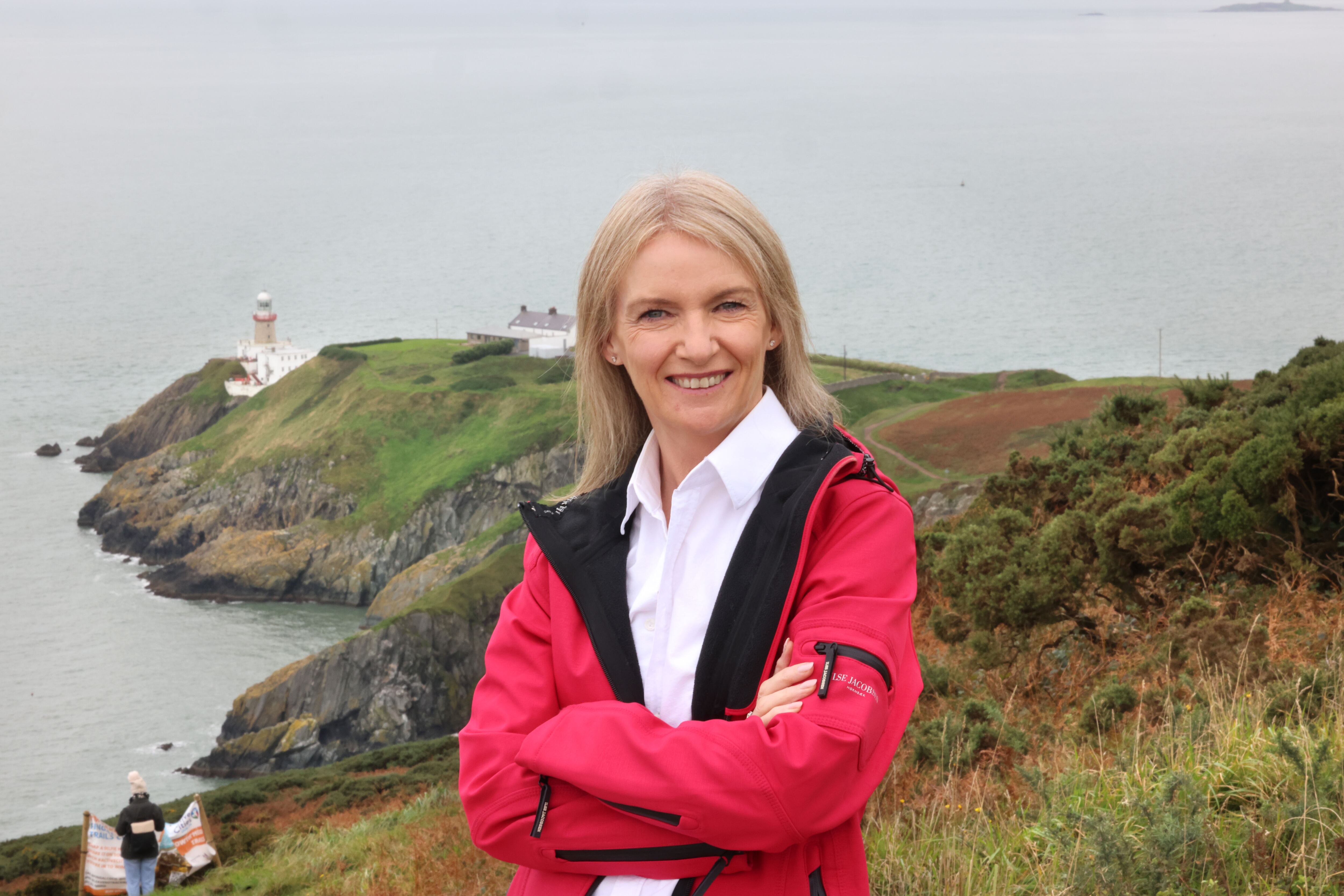Climate scientists have issued their starkest warning yet that time is running out to prevent global warming from breaching the critical 1.5-degree threshold. Without rapid action, the world will overshoot the Paris Agreement goal in a matter of years.
On the face of it, 1.5 degrees doesn’t seem a massive or catastrophic change in temperature. It’s roughly the difference in average temperature between Dublin and London; barely enough to change the decision to wear a jacket. Yet averages can hide quite large variations. Detroit and Toronto have similar annual average temperatures to Dublin but surprisingly oppressive summers and famously cold winters compared with our relatively mild year-round weather.
Even a minor change in temperature can make a significant difference to the climate and our lifestyles. What historians call the medieval cold period, or sometimes the Little Ice Age, was a stretch from the 14th to the 19th centuries when temperatures in the North Atlantic region plummeted.
By modern estimates, the average cooling was modest: less than one degree. But the results were dramatic. Glaciers advanced down Alpine valleys, swallowing villages in Switzerland and France, seas iced over and harvests failed.
RM Block
In Britain and the Low Countries, winters became so bitter that rivers froze solid. Peter Bruegel’s famous snowscapes demonstrate the effect on the Netherlands, where the maritime climate is very close to our own.
The river Thames regularly froze, stranding ships and enabling winter festivals atop its surface. Londoners, ever resourceful, celebrated frost fairs on the Thames, complete with makeshift pubs, markets, games and even races on the ice.
Historians estimate that about 400,000 people perished in Ireland during 1740-1741, roughly 15 per cent of the island’s population at the time. This was likely the most severe climate-induced disaster in Irish history, a demonstration of how vulnerable society can be to a sudden change in climate
One such fair in the 1680s saw King Charles II delight in a roast ox served on the frozen river. Coastal waters around southern Britain froze so thoroughly in the frigid winter of 1683-1684 that sea ice stretched for miles offshore, halting all shipping.
Across Europe, winters grew longer and more ferocious, and summers often turned erratic with unseasonal storms and droughts. Entire villages in the Alps were abandoned or crushed under encroaching glaciers, and the Baltic Sea froze so completely that Swedish armies marched across the ice to invade their neighbours.
Food shortages, price spikes and social unrest became almost routine in many regions as the climate seesawed; a harsh lesson in how even slight changes in temperature could destabilise an entire continent.
In Ireland, the most harrowing episode came in the Bliain an Áir of 1740-1741. After a run of relatively mild years, an extraordinary cold snap descended just after Christmas 1739. Temperatures plunged so low that water and ale turned solid inside jugs by the hearth. Coastal inlets choked with ice floes, and three ships foundered off Dublin Bay, their crews frozen. Within days, the island’s rivers had frozen over.
Sea ports and canals became impassable; coal shipments from Britain stopped as ports froze, causing fuel shortages. Desperate for heat, people in Dublin began stripping the countryside of firewood, even tearing up hedges and trees to burn.
After a brief spring thaw, a severe drought set in. Crops that had survived the frost now withered for lack of rain. The previous year’s potato stores were ruined by the frost and so there was little to plant once the weather warmed.
With staple crops ruined and many farm animals dead from exposure, food supplies swiftly reached crisis levels and by summer famine had set in. In Cork and Drogheda, angry crowds seized grain shipments meant for export. Bread prices skyrocketed and bakers ran out of flour. Soon hunger gave way to disease: typhus, dysentery and other illnesses swept through the country.
The toll of that year was staggering. Historians estimate that about 400,000 people perished in Ireland during 1740-1741, roughly 15 per cent of the island’s population at the time. This was likely the most severe climate-induced disaster in Irish history, a demonstration of how vulnerable society can be to a sudden change in climate.
Even a seemingly small shift can remake the world around us. Surpassing 1.5 degrees of warming could unleash dramatic changes in weather patterns and rising sea levels, testing the very foundations of modern civilisation.
Here in Ireland, climate change is already beginning to manifest in heavier winter rain and more frequent summer heatwaves. We still have the power to act, by investing in sustainable practices and decarbonisation rather than waiting until catastrophe is at our door.
Stuart Mathieson is research manager with InterTradeIreland












